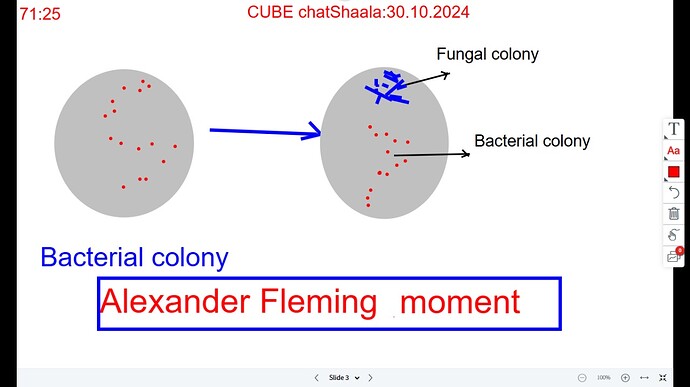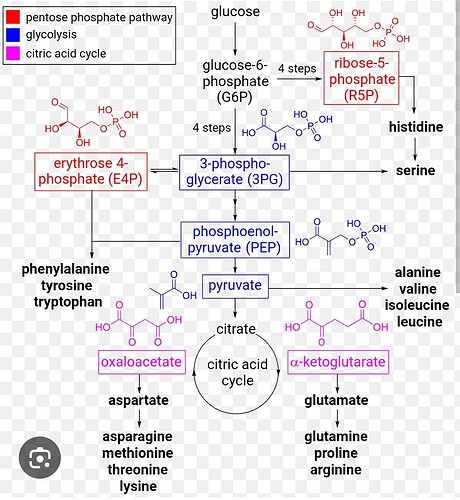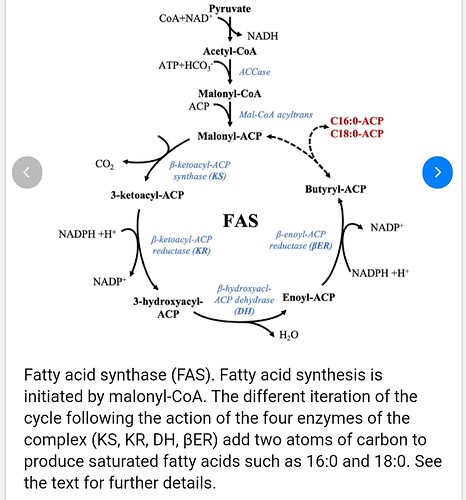How Does Chlorohydra Survive in Kiran’s Homelab Without External Food, Only Using Sunlight?
Proposed Mechanism: Chlorohydra is a symbiotic relationship between chlorella and Hydra. Chlorella can synthesize glucose through photosynthesis, which can then be used to generate ATP for Hydra. The intermediates of the Krebs cycle can produce amino acids, and glucose can be converted into acetyl CoA, leading to the synthesis of fatty acids. This mechanism allows Hydra to survive without external food, relying solely on light. The symbiotic relationship may helps Hydra thrive even in the absence of food.
We discussed the goof-ups with the setup at the CUBE homelab in Bageshwar, as well as the unexpected discovery of penicillin by Alexander Fleming.
Reference shared:
https://images.app.goo.gl/qet8iMJTQtjdvZxeA
Discovery of Penicillin



